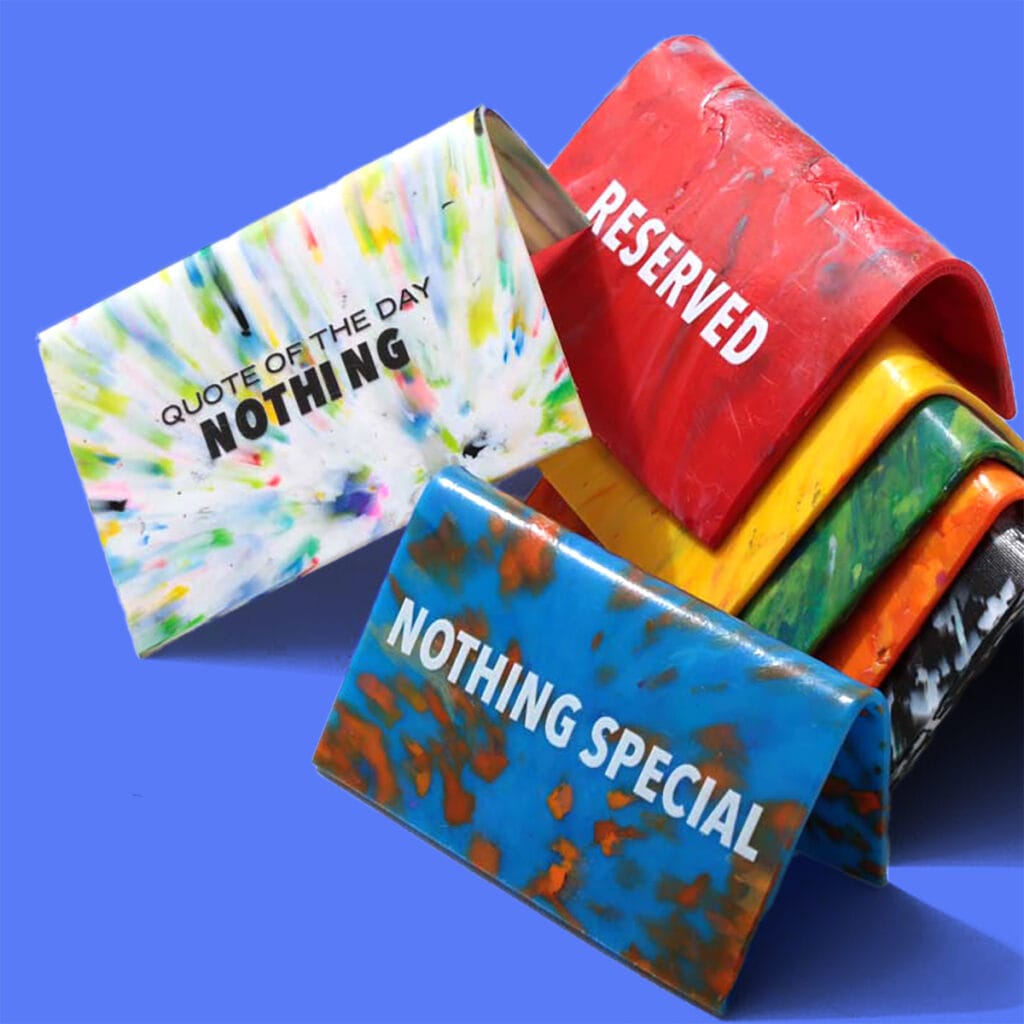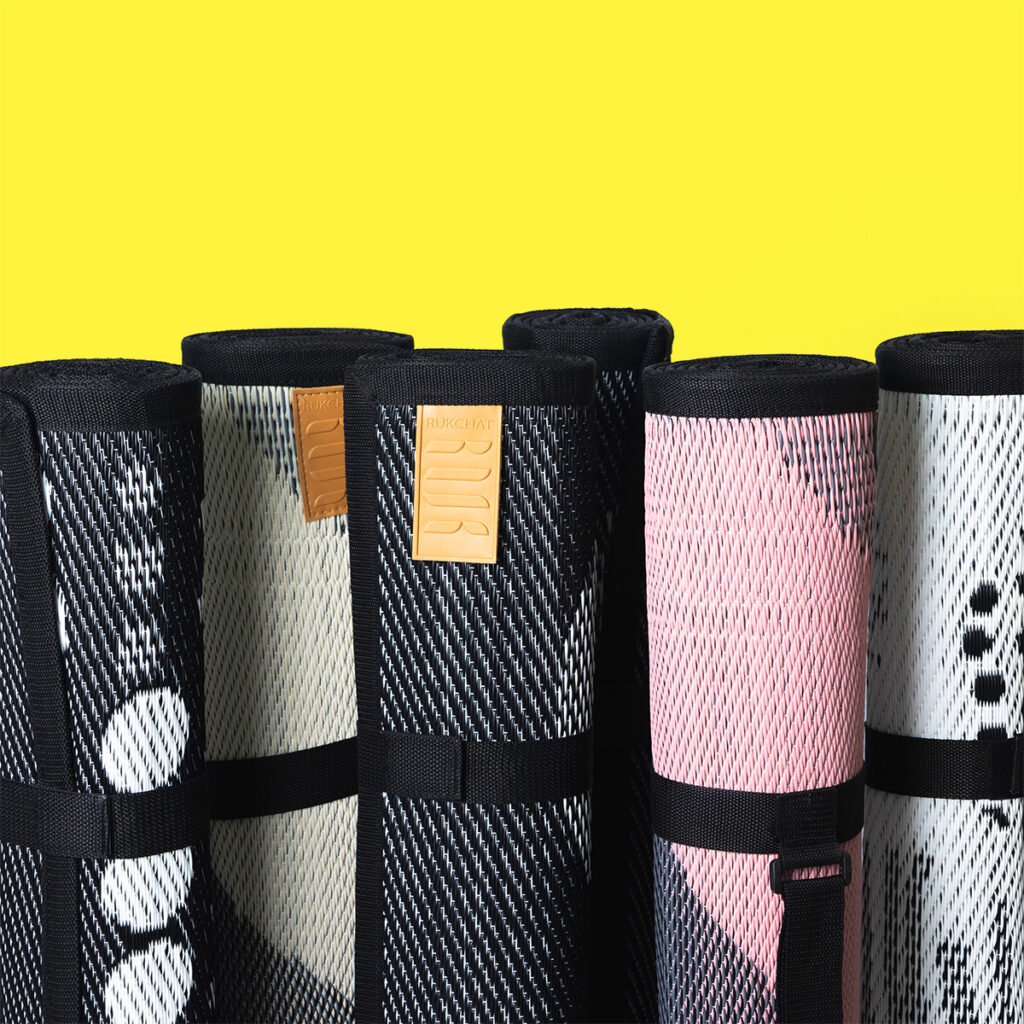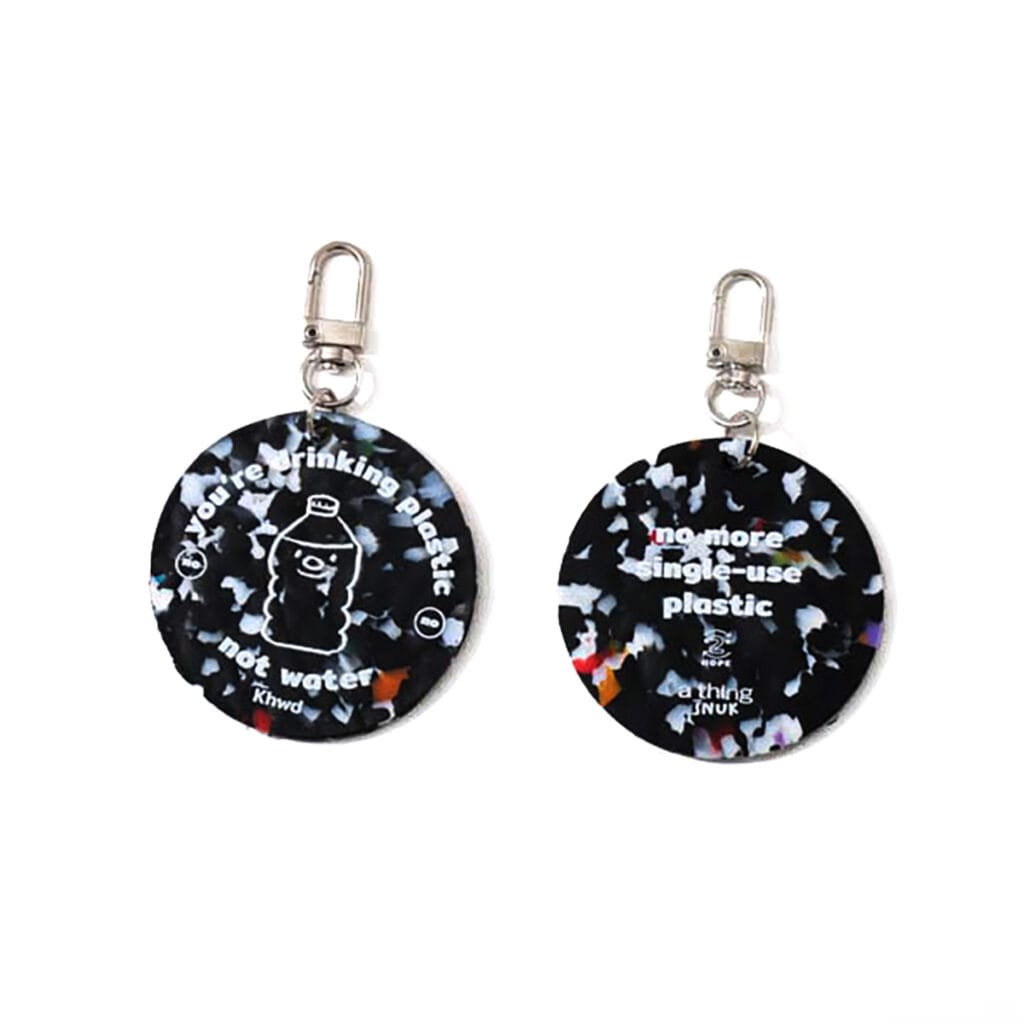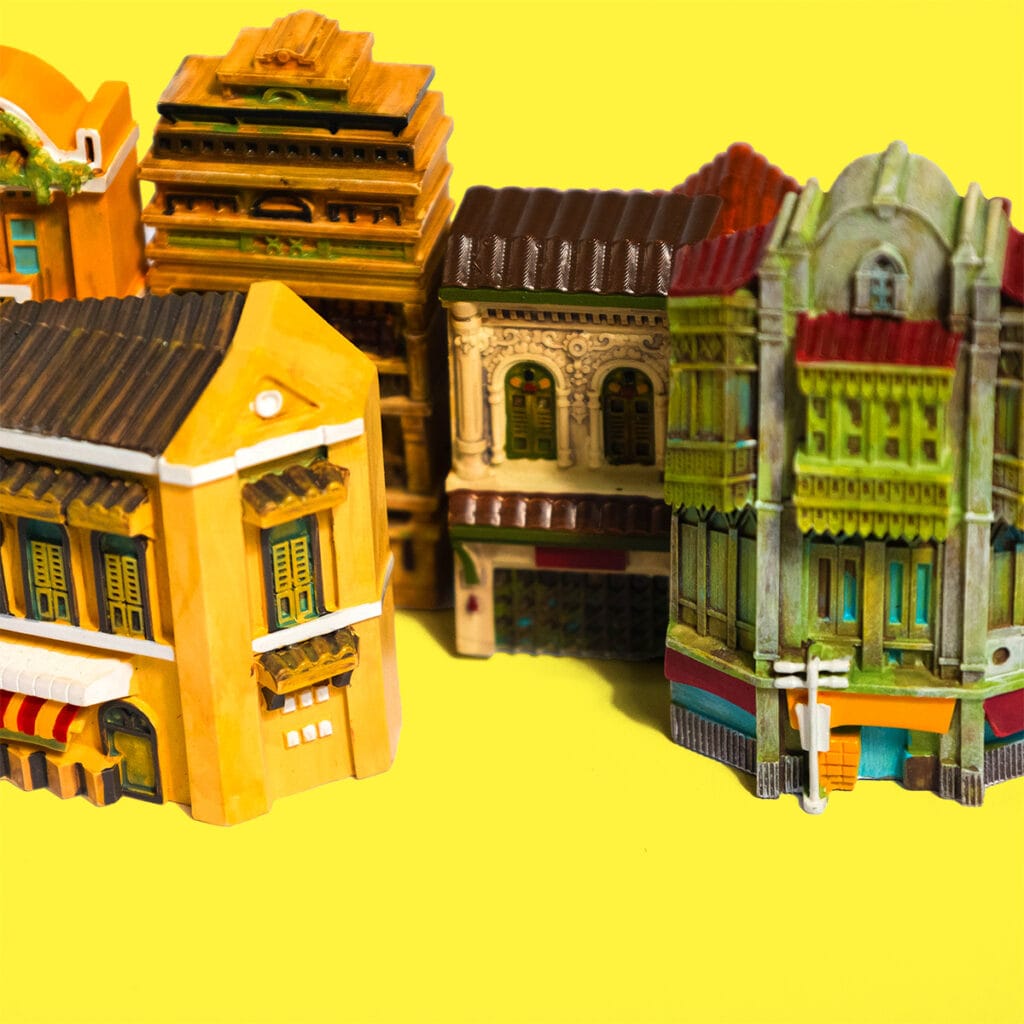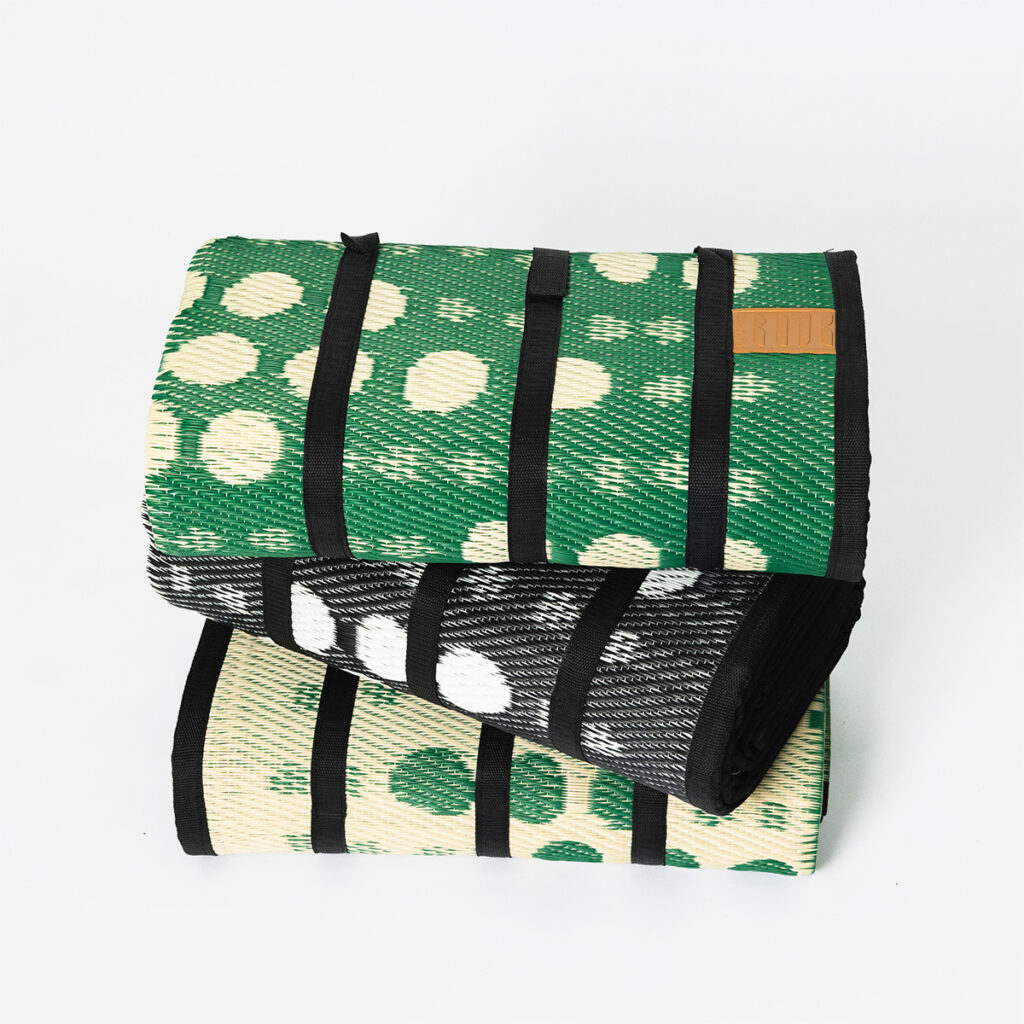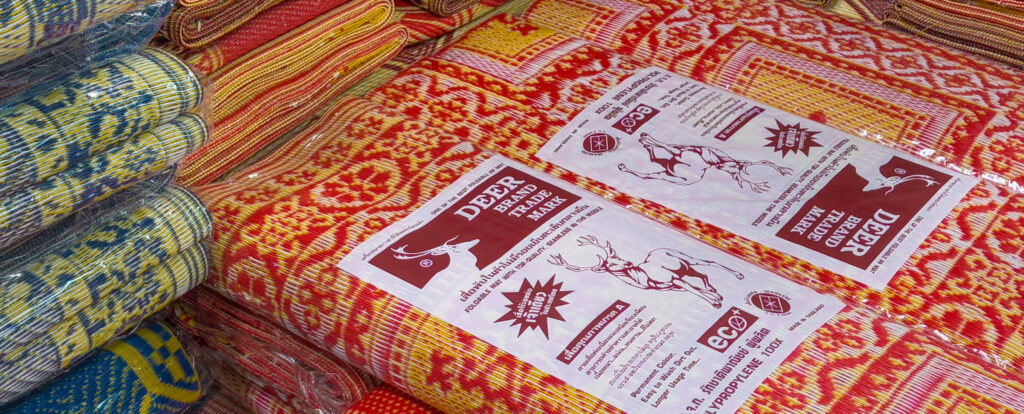NEIGHBOURHOOD
SONG WAT
NEIGHBOURHOOD
SONG WAT
When a devastating fire swept through the major Chinese settlement of Sampeng, King Rama V drew a new route on the map and ordered the construction of a road along the Chao Phraya River. This marked the birth of the short riverside road we now know as Song Wat
What truly brought the area to life, however, was its rise from the ashes. With a royal decree banning wooden structures prone to fire, sturdy warehouses were built from concrete, lining the road and transforming it into a bustling hub of commerce. The road became a key trading center in Bangkok, where goods such as vegetables, fruits, spices, herbs, and other consumables were distributed, supported by a network of docks for both small and large vessels. Alongside commerce grew a tightly-knit Chinese community, complete with schools, shrines, and an abundance of delicious food.
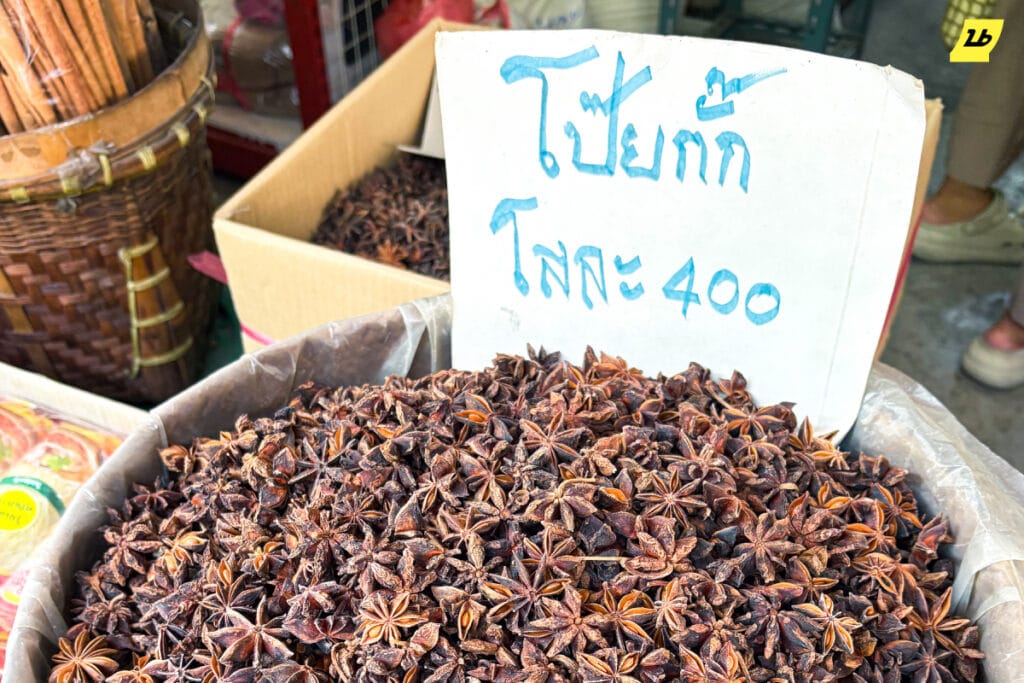
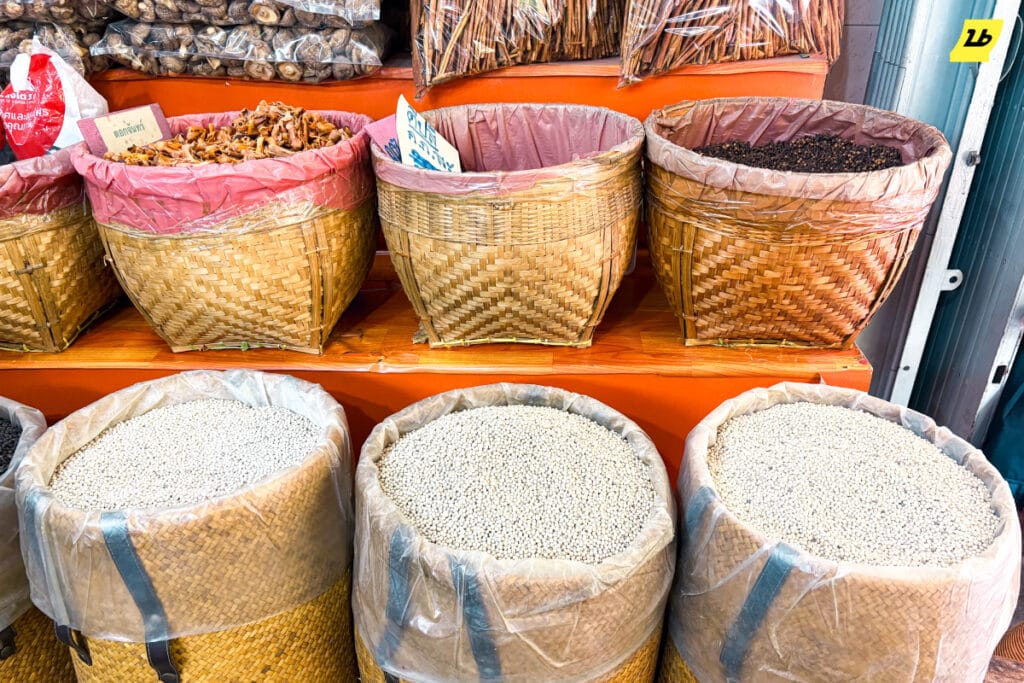
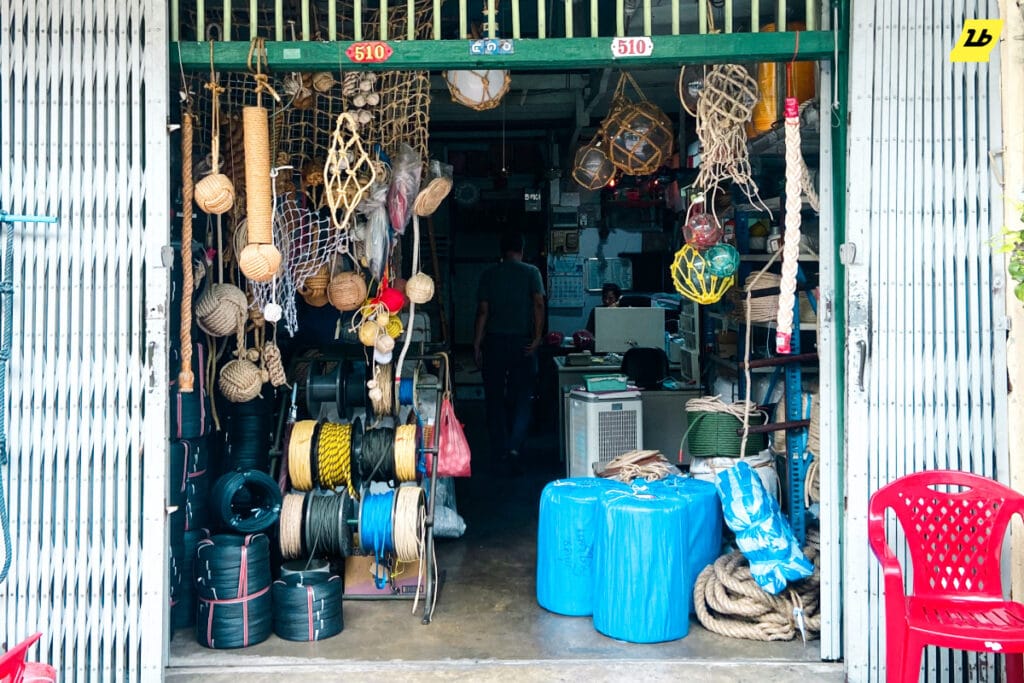
Today, the allure of Song Wat lies in its unique blend of old and new. Long-standing businesses remain vibrant, defying the passage of time, while a new generation of establishments has emerged, including cafes, galleries, hotels, restaurants, bars, and collaborative initiatives by local entrepreneurs.
Today, the allure of Song Wat lies in its unique blend of old and new. Long-standing businesses remain vibrant, defying the passage of time, while a new generation of establishments has emerged, including cafes, galleries, hotels, restaurants, bars, and collaborative initiatives by local entrepreneurs. Together, they propel the neighborhood in a creative and inspiring direction, ensuring Song Wat continues to thrive as a dynamic and fascinating destination.



